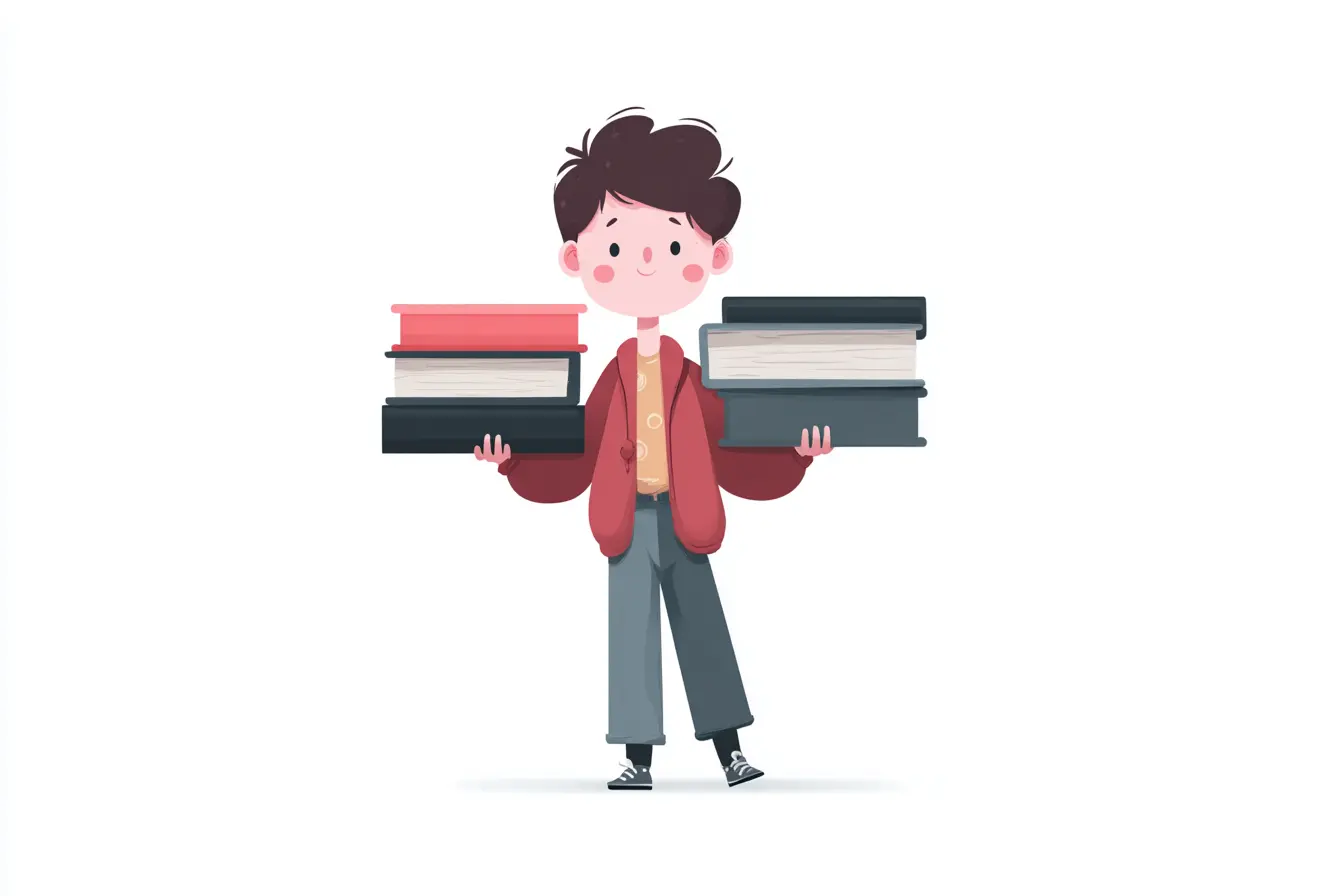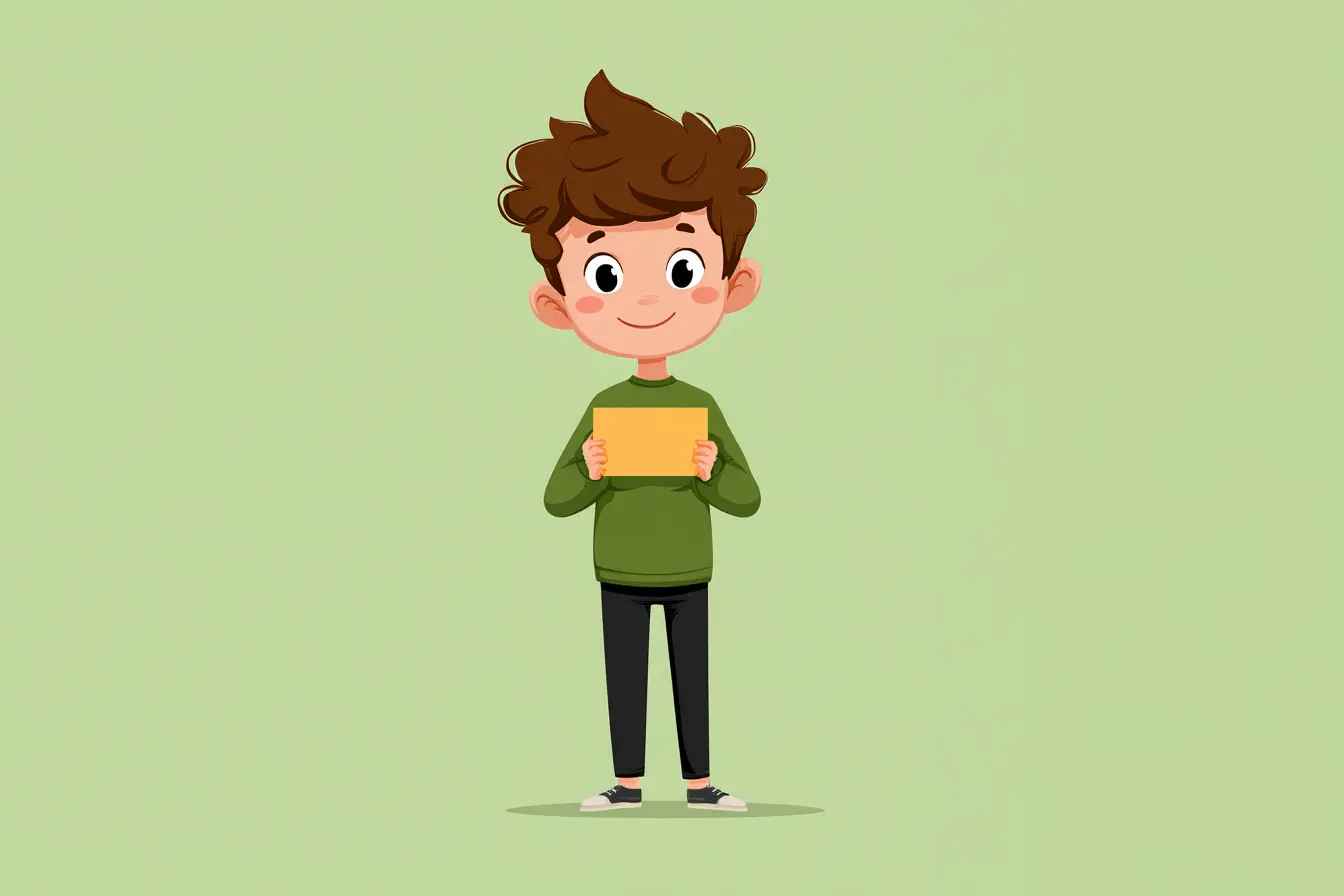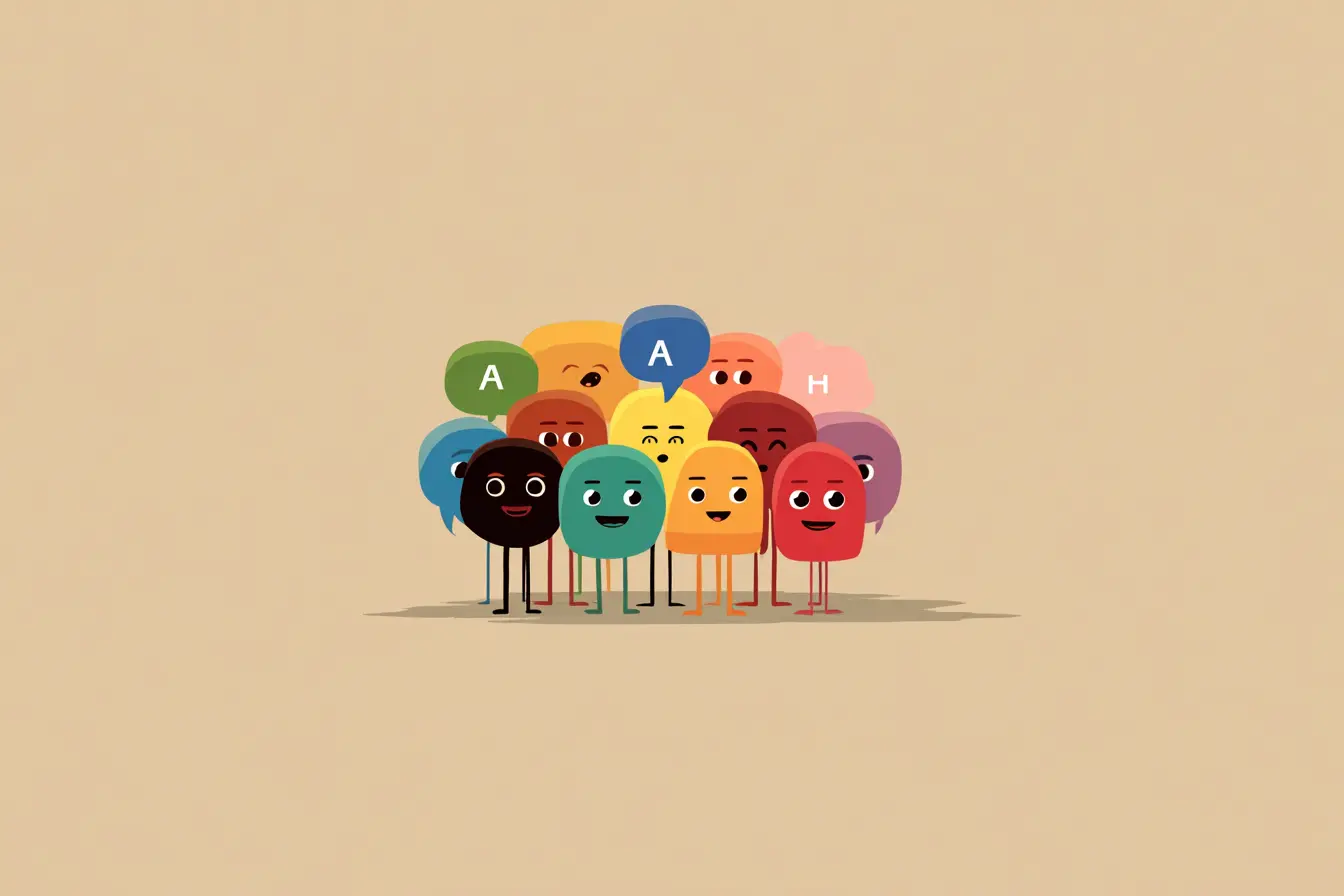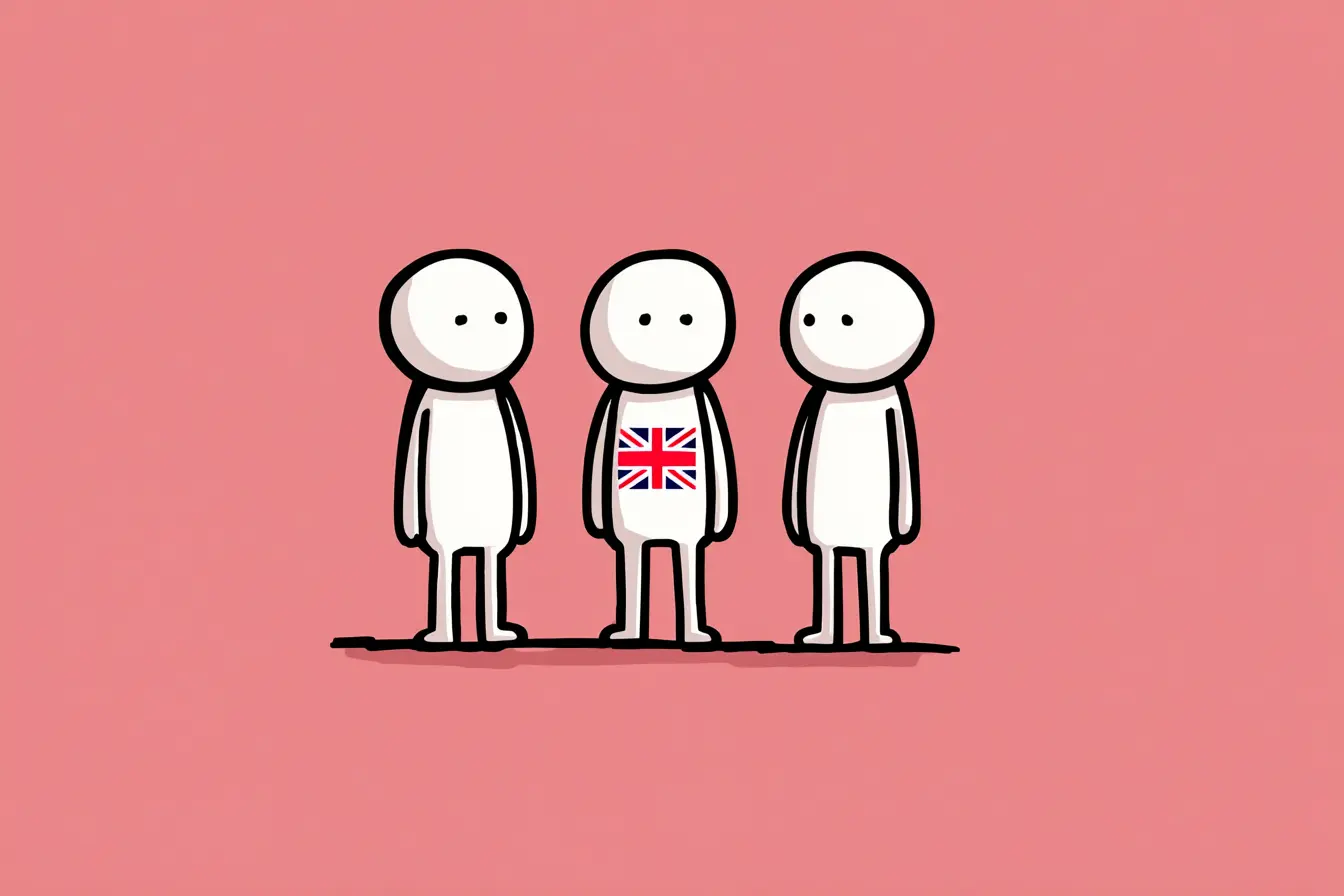Gamified apps make studying feel like playing. They are full of points, streaks, and small wins that keep you motivated. You can take quizzes, earn badges, and learn a language, feeling like you are playing your favorite game.
Below, we’ll explore the top 10 language learning apps that use gamification to make studying enjoyable.
Comparison Table of the Top Gamified Language Learning Apps
Here’s a quick comparison of today’s most popular gamified apps.
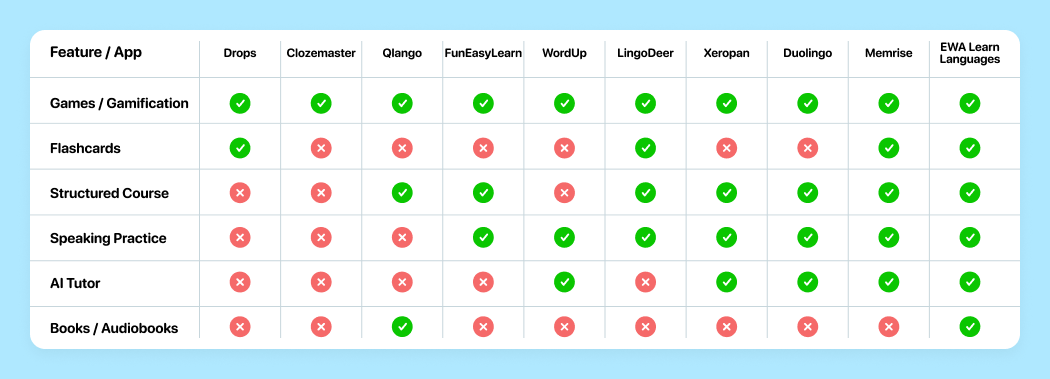
A Closer Look at the Top Gamified Language Learning Apps
EWA Learn Languages
What it is: A complete, gamified language learning app that combines fun and functionality. You’ll find quizzes, streaks, achievements, and games like Wordcraft and Memento, but that’s just the beginning.
Strengths: EWA adds depth to gamified learning with 40,000+ flashcards, adapted books and audiobooks, AI-powered speaking practice, and professional courses based on movies and TV shows. Every point and challenge contributes to real progress.
Limitations: No major drawbacks.
Best for: Learners who want the full experience — fun games, real progress, and complete language immersion.
Platforms: iOS, Android.
Duolingo
What it is: The world’s most popular gamified language app, known for its streaks, points, leaderboards, and daily reminders.
Strengths: Bite-sized lessons, cute visuals, and endless motivation boosts.
Limitations: Focuses mainly on vocabulary and translation; grammar depth can be limited.
Best for: Beginners who want to build a daily habit through quick, game-like lessons.
Platforms: iOS, Android, Web.
Memrise
What it is: Combines native-speaker videos and interactive quizzes with spaced repetition for natural vocabulary learning.
Strengths: Engaging, video-based lessons with a fun, quiz-style experience.
Limitations: Some advanced features require a subscription; grammar coverage varies.
Best for: Learners who enjoy real-life content and short, visual lessons.
Platforms: iOS, Android, Web.
Drops
What it is: A beautifully designed app that turns vocabulary into quick, 5-minute visual games.
Strengths: Excellent for visual learners; covers 50+ languages.
Limitations: Focuses mainly on single words, not full sentences or grammar.
Best for: Learners who prefer short, daily sessions and visual repetition.
Platforms: iOS, Android, Web.
Xeropan
What it is: A structured, gamified app with interactive exercises and story-based lessons.
Strengths: Combines a clear learning path with quizzes, games, and points.
Limitations: Interface can feel busy; free content is limited.
Best for: Learners who like a mix of structure and fun challenges.
Platforms: iOS, Android, Web.
Qlango
What it is: A Q&A-style learning app using spaced repetition to reinforce memory.
Strengths: Practical, bite-sized challenges and smart review system.
Limitations: Fewer visual or audio elements than other apps.
Best for: Learners who enjoy quizzes and question-based practice.
Platforms: iOS, Android, Web.
LingoDeer
What it is: A grammar-strong app with game-like lessons, levels, and achievements.
Strengths: Teaches grammar and vocabulary together; visually appealing and structured.
Limitations: Smaller language selection than Duolingo or Memrise.
Best for: Learners who want a serious study plan with a playful interface.
Platforms: iOS, Android, Web.
FunEasyLearn
What it is: A vocabulary app filled with mini-games, quizzes, and challenges for learners of all ages.
Strengths: Supports many languages; bright visuals; great for kids and adults alike.
Limitations: Focuses on vocabulary, not conversation.
Best for: Families and learners looking for a light, fun way to expand vocabulary.
Platforms: iOS, Android.
Clozemaster
What it is: A sentence-based game where you fill in missing words to learn context and usage.
Strengths: Excellent for intermediate and advanced learners; strong contextual learning.
Limitations: Less visual, more text-based.
Best for: Learners who already know basics and want to strengthen real-world comprehension.
Platforms: iOS, Android, Web.
WordUp
What it is: A vocabulary app that focuses on real-world word usage through quizzes and examples.
Strengths: Prioritizes useful vocabulary; includes short games and videos.
Limitations: Limited grammar instruction; interface can feel simple.
Best for: Learners who want to sound more natural in conversation.
Platforms: iOS, Android.
Why Gamification Works in Language Learning
Gamification works because it keeps your brain hooked on progress. When you earn a point, complete a streak, or unlock a new level, your brain releases dopamine, the same reward chemical triggered by achievements in games. This makes studying not only more enjoyable but also more consistent.
Research indicates that gamification can significantly enhance retention and promote habit formation. That’s because rewards, goals, and friendly competition create a positive feedback loop: the more you learn, the more you want to learn.
FAQ
1. Does gamification really help you learn faster?
Yes. Studies show that gamification increases motivation and long-term engagement in language learning. When you earn points, complete streaks, or unlock levels, your brain releases dopamine, a chemical linked to reward and memory. This motivates you to continue, leading to more consistent practice and improved retention over time.
2. Are gamified apps only for beginners?
Not at all. While many gamified apps are beginner-friendly, many also include advanced vocabulary, grammar challenges, and realistic dialogues for higher-level users. Gamification simply keeps the learning process engaging, whether you’re learning your first words or refining your fluency.
3. Can gamified apps really replace traditional studying?
Not completely, but they can make it much more effective. Gamified apps turn repetition into a habit, which is key to real progress. However, combining them with traditional study methods gives the best results.




